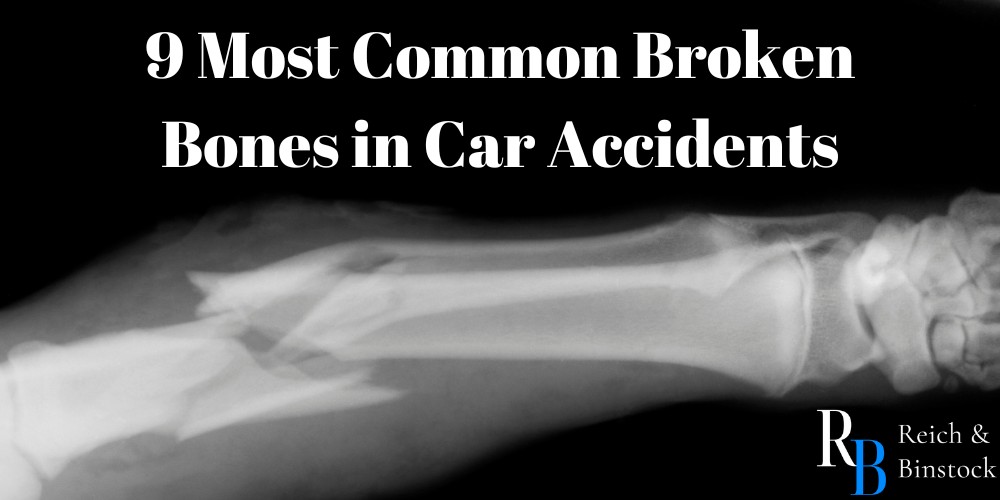Houston is a busy, bustling city with a population of nearly 2.3 million people. Each day, around 180 motor vehicle accidents occur in Houston as of 2021 statistics. Due to the serious nature of car accidents, broken bones and other injuries are common. Depending on the nature and severity of the accident, it is possible for bone breaks to occur in nearly any part of the body. In this article, the Houston car accident attorneys of Reich & Binstock outline the most common broken bones in car accidents, as well as how you can pursue compensation.
If you were involved in a Houston car accident and you suffered a bone fracture, you have the right to pursue compensation for your injuries. Fractures from car accidents are common, but this frequency does not diminish the seriousness of the injuries. If you or someone you love suffered broken bone injuries in an accident, contact Reich & Binstock as soon as possible. Call our Houston law office at 713-622-7271 to schedule your free consultation today.
What Is the Difference Between a Broken Bone and a Fracture?
Nothing. While many people assume either that they are different or that one is a “technical” term, they both mean the same thing. Fractures are simply breaks in the bone. They come in several different forms and often require extensive medical treatment, including surgery.
Types of Fractures in Car Accidents
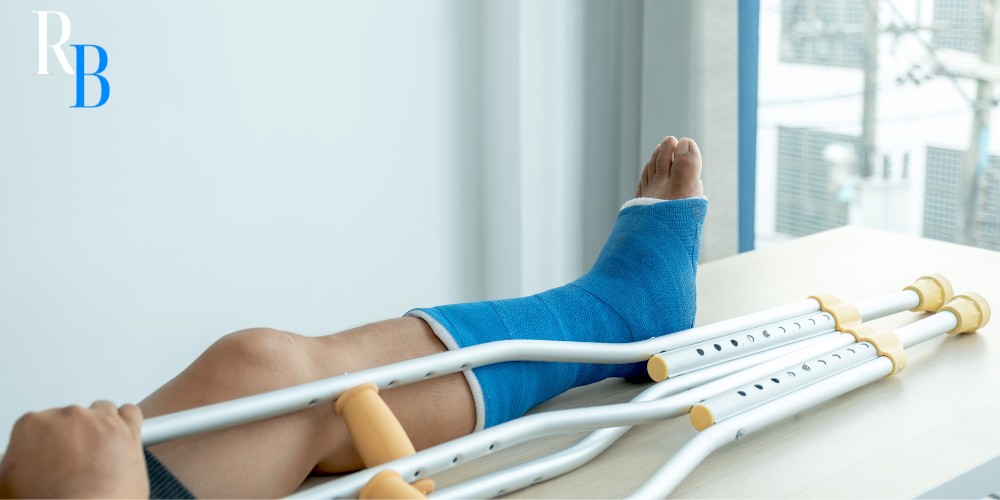
Physicians use certain terms to distinguish between the different types of fractures from car accidents. These terms refer to specific characteristics of the break, which can help you understand the severity of each type of break. The most common terms used for types of bone breaks include the following.
- Closed fracture: The skin is not broken by the fracture or by the blow that caused the fracture.
- Open fracture: Also called a compound fracture, the skin is broken either by the fracture or by the harsh blow that causes the fracture. Bones may or may not be visible in the open wound.
- Displaced fracture: The bone breaks into at least two pieces and moves out of proper alignment.
- Non-displaced fracture: The bone breaks into at least two pieces, but does not move out of alignment.
- Comminuted fracture: This fracture involves the bone being broken into three or more pieces. Comminuted fractures often require surgical repair.
- Stress fractures: These are small cracks in the bone that often occur from overuse or repetitive movements.
- Hairline fracture: This is another term for a stress fracture, and can involve either a small crack or a bruise in the bone.
- Transverse fracture: This involves a horizontal fracture line.
- Oblique fracture: This involves an angled fracture line.
- Stable fracture: The bone has barely moved out of place, and the two broken ends still line up.
- Compression fracture: These occur most often in the back. They result from too much pressure being applied to the vertebrae.
- Spiral fracture: Part of the bone has been twisted at the site of the break.
- Avulsion fracture: A small piece of the bone has separated from the main piece of bone.
- Greenstick fracture: This is an incomplete fracture in which the bone is often bent.
What Are the Symptoms of a Broken Bone?
Broken bones are fairly easy to diagnose based on symptoms and simple imaging tests like X-rays. The most common symptoms of broken bones include the following.
- Sharp, intense pain
- Bleeding, bruising, or swelling
- Visibly misshapen limbs or joints
- Skin that is broken by a protruding bone
- Inability to move or put weight on the bone without intense pain
- Tingling and numbness
- Snapping or grinding sounds at the moment the injury occurred
Symptoms may vary in severity depending on the specific bone that was broken, as well as the amount of force that caused the break.
What Causes Broken Bones in Car Accidents?
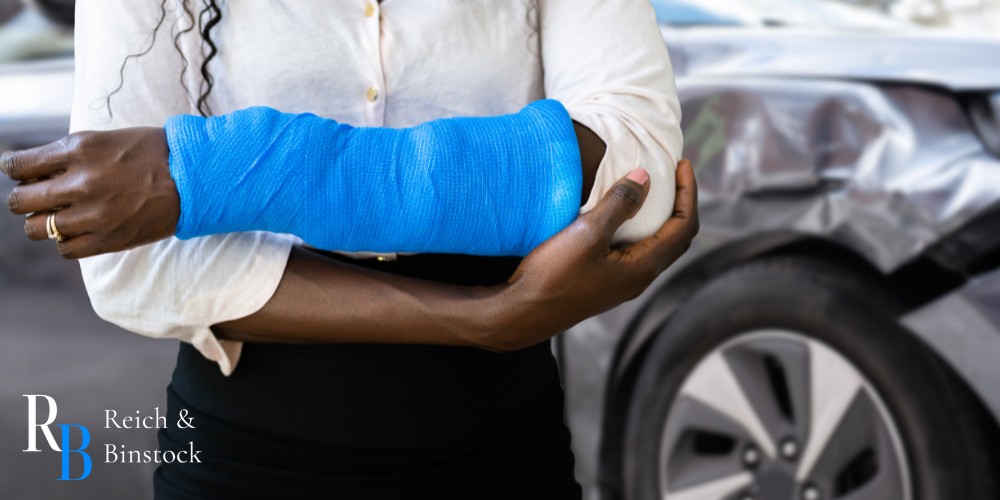
A car accident can lead to broken bones in several ways, even in vehicles with the best safety features on the market. It is extremely difficult, if not impossible, to completely prevent car accident injuries. Even with top-notch safety features and motor vehicle safety laws in place, car accident fractures can still occur in the following ways.
- Direct impacts: When the body strikes a hard surface in the vehicle, such as the steering wheel or dashboard, this could result in a broken bone. One common example of this is severe skull fractures from someone’s head hitting the steering wheel in an accident.
- Whiplash: When a car crash occurs, the body can be subjected to extreme forces. Whiplash injuries happen when the body is violently jolted by the impact of the accident. It could result in clavicle fractures, facial fractures, shoulder fractures, and vertebral fractures.
- Crushing injuries: If a car accident victim’s body is caught between two objects, this could lead to crushing injuries. Hip fractures, wrist fractures, ankle fractures, arm fractures, and leg fractures are common in these cases.
- Deceleration injuries: At the moment of impact, the body is subjected to sudden deceleration. This sudden stopping can put enough force on a bone to break it. Deceleration fractures occur most often in the shoulders, clavicles, and ribs.
- Ejection injuries: If someone is ejected (thrown out of) the vehicle during a car wreck, this could lead to life-threatening injuries. Common ejection injuries include fractures of the neck, head, and spine.
9 Common Bones Broken in Car Accidents
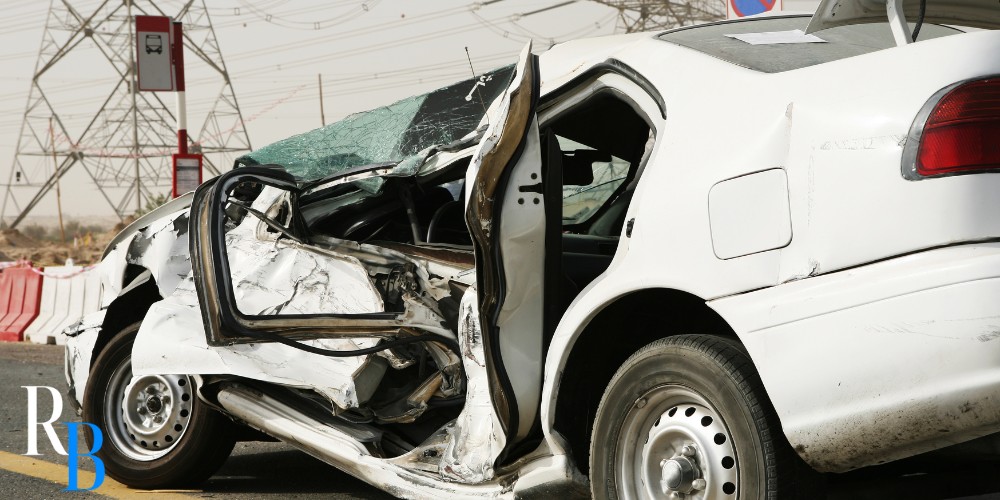
Due to the nature of car wrecks and the position of a driver or passenger’s body during a crash, certain fractures are more common than others. The most common broken bones in car accidents include the following.
1. Arm Bone Fractures
Many people suffer fractures to their arm bones during car accidents, making them some of the most commonly fractured bones in car crashes. The three major bones in the arm are the humerus (upper arm bone), radius, and ulna (forearm bones). Because a seat belt does not restrain the arms during crashes, they could be jerked around with great force or crushed between two objects.
2. Wrist Bone Fractures
The wrists sustain injuries and fractures similarly to the arms, as they are also not restrained or protected in the event of a crash. If someone keeps their hands on the steering wheel or tries to protect themselves by raising their arms, they may suffer fractures to their wrists. If you notice swelling, pain, and difficulty moving the wrist after an accident, you may have suffered a fracture.
3. Lower Leg Bone Fractures
The lower leg bones, known as the tibia and fibula, often break during car accidents. Much like the arms, the legs are not restrained by a seat belt or other safety device. In the event of a car crash, they could collide with hard surfaces or be crushed between the seat and the dashboard.
4. Femur Fractures
The femur, or thigh bone, is the toughest bone in the human body. However, with enough force, even a femur can break during a motor vehicle accident. These fractures are extremely painful, and often require surgery to repair.
5. Clavicle or Collarbone Fractures
The clavicle (collarbone) is a fragile, commonly broken bone. It often breaks during vehicle accidents because the seatbelt crosses over the bone and applies pressure as it restrains the torso. These fractures may require surgery and physical therapy to fully heal.
6. Rib Fractures
Broken ribs are also common in vehicle accidents because of pressure from the seatbelt or crushing injuries. In some cases, fractured ribs may cause punctured lungs, which are very serious injuries that require immediate medical attention.
7. Hip and Pelvis Fractures
A hip or pelvic fracture is also a possibility during a car accident. These injuries are even more common in motorcycle accidents due to the biker’s lack of protection. In many cases, hip and pelvis fractures require physical therapy and a lot of bed rest.
8. Facial and Skull Fractures
When the head collides with the airbag, steering wheel, or dashboard in an accident, this can result in fractures of the skull and facial bones. A facial or skull fracture can also cause traumatic brain injuries, which can be life-threatening.
9. Back Fractures
Compression fractures in the spinal column are the final entry in our list of common fractures from car accidents. As one can imagine, these fractures are very serious and could possibly lead to paralysis. The recovery process frequently involves surgical intervention and extensive physical therapy.
Compensation for Car Accident Broken Bones
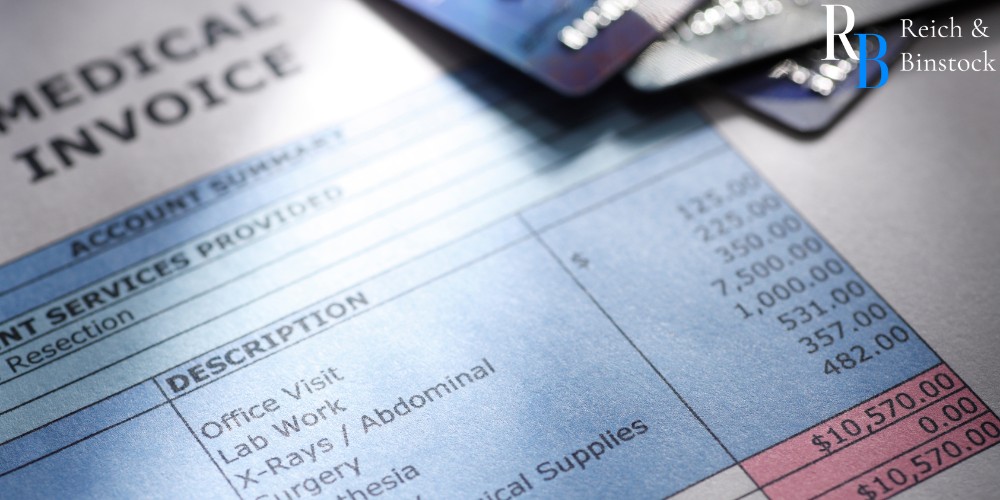
If a fracture occurs during a car accident caused by someone else’s negligence, you can seek financial compensation. In many cases, the medical costs associated with bone breaks are substantial. This can place immense financial strain on accident victims.
By speaking with a qualified car accident lawyer about your accident and injuries, you may be able to recover the following compensation in your accident claim.
- Costs associated with diagnosing broken bones, such as X-rays
- Braces, splints, and casts to stabilize the injury
- Mobility devices such as wheelchairs or crutches
- Hospital and medical facility costs
- Anesthesia costs
- Pre- and post-surgery visits with your surgeon
- Physical therapy costs
- Lost wages and loss of earning capacity
- Property damage to your vehicle
- Pain and suffering
Contact a Houston Car Accident Lawyer with Reich & Binstock Today
When bones break during car accidents, victims deserve full and fair compensation for those injuries. If you or someone you love suffered a broken bone from an accident caused by negligence, you may be able to file a claim for damages. Contact the Houston personal injury attorneys at Reich & Binstock to find out if you have a case. To schedule your free consultation with us, please call our office at 713-622-7271 today.

